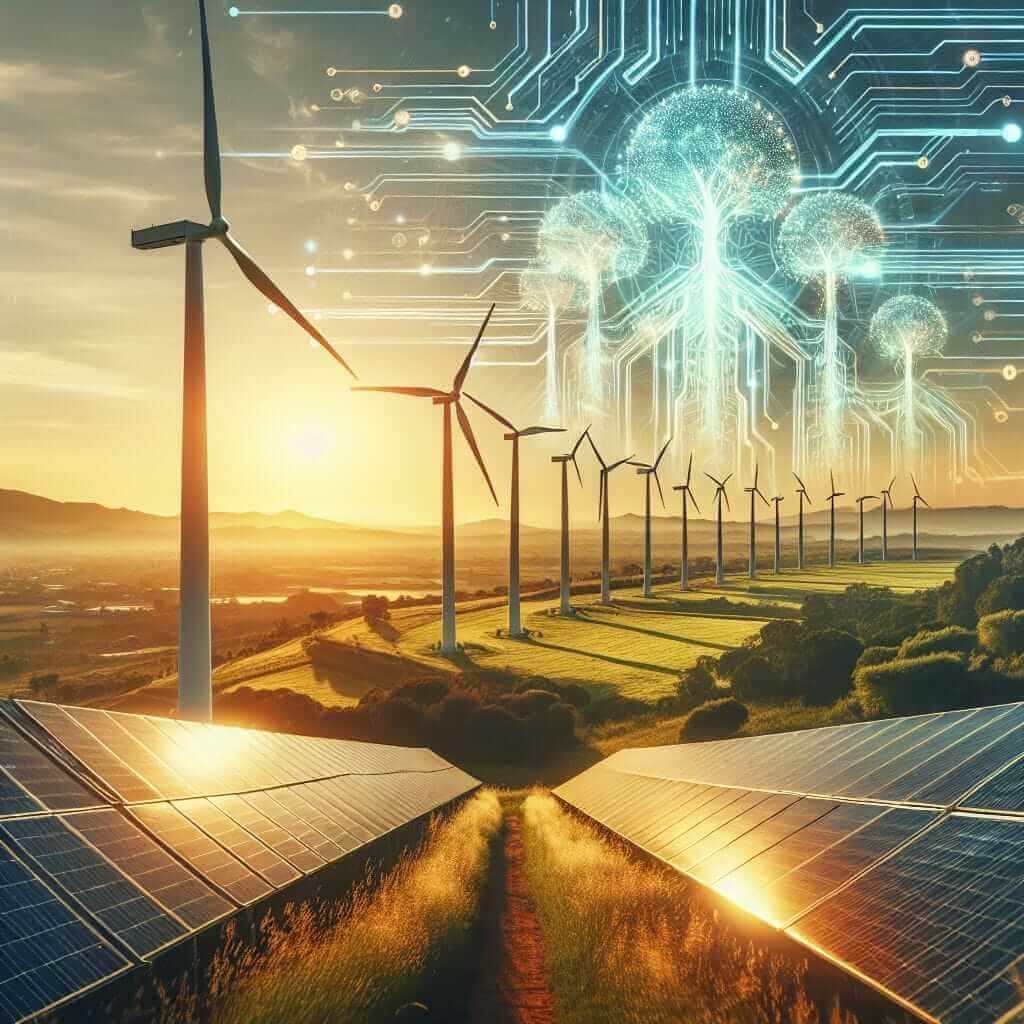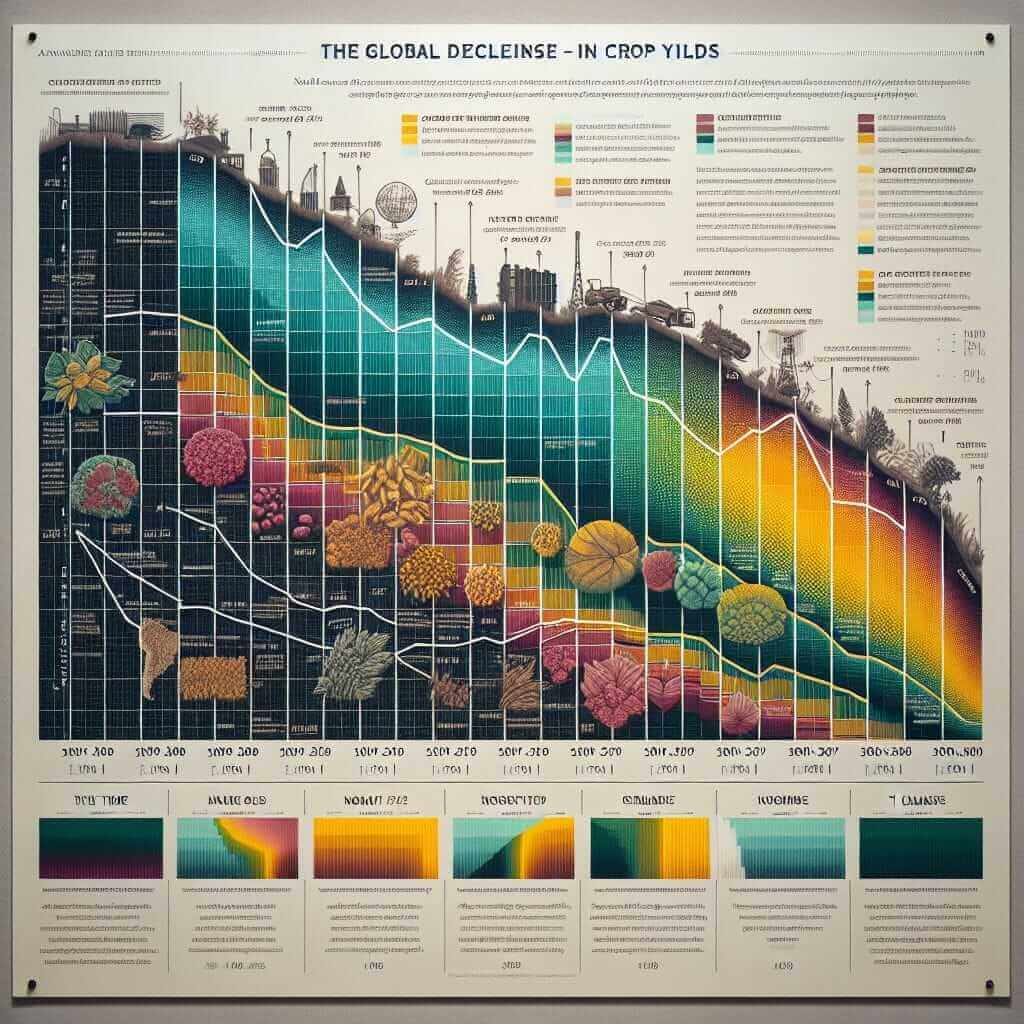The IELTS Reading section is designed to evaluate a wide range of reading skills, including your ability to extract information from a text, understand and follow arguments, and decode the meaning of words and phrases within different contexts. In recent times, the topic of climate change has gained significant traction due to its urgent global relevance. Among various strategies to combat climate change, the use of Artificial Intelligence (AI) has emerged as a game-changer. This article will delve into how AI is being used to combat climate change. By practicing with a reading passage and accompanying questions based on this topic, you will not only enhance your reading skills but also keep abreast of current and pressing global issues.
Nội dung bài viết
Reading Passage
Given the complexity and topical nature of this article, the following passage is classified as a Medium Text within the IELTS reading section.
The Role of Artificial Intelligence in Combating Climate Change
In recent years, the escalating threat of climate change has prompted researchers and policymakers to explore innovative solutions. Among these, Artificial Intelligence (AI) is increasingly being recognized for its potential to make significant contributions towards mitigating climate change. Here are several ways AI is being deployed in this global effort.
1. Climate Modeling and Prediction
AI algorithms, particularly machine learning models, are being used to improve climate modeling and prediction. Traditional climate models rely heavily on historical data and linear equations, which can be limited in their predictive capabilities. By integrating AI, scientists can analyze vast amounts of data from various sources, including satellite imagery and historical weather patterns, to create more accurate and dynamic climate models. This helps in predicting extreme weather events and long-term climate changes with greater precision, enabling better preparedness and response strategies.
2. Renewable Energy Optimization
Renewable energy sources, such as solar and wind power, are integral to reducing greenhouse gas emissions. AI is playing a crucial role in optimizing these energy systems. For instance, AI can predict energy demand and supply patterns, thereby improving the efficiency of energy grids. Predictive maintenance, powered by AI, also helps in prolonging the lifespan of renewable energy infrastructures by identifying potential failures before they occur, thus minimizing downtime.
 Renewable Energy Optimization
Renewable Energy Optimization
3. Carbon Footprint Reduction
AI applications are being utilized to monitor and reduce carbon footprints across various sectors. In agriculture, for example, AI-driven technologies can optimize irrigation systems and manage cropland more efficiently. In urban settings, AI can enhance energy management systems in buildings, reducing unnecessary energy consumption. These applications collectively contribute to significant reductions in carbon emissions.
4. Environmental Monitoring and Protection
AI-powered systems are increasingly employed in environmental monitoring and protection efforts. These systems can analyze data from sensors placed in natural ecosystems to monitor changes in biodiversity, water quality, and other environmental parameters. AI can then predict potential ecological threats and suggest mitigation strategies. This proactive approach aids in preserving natural habitats and maintaining ecological balances.
5. Enhancing Climate Research
AI assists in processing and analyzing vast arrays of scientific data, accelerating the pace of climate research. Natural Language Processing (NLP), a subset of AI, can sift through numerous scientific publications to extract relevant information quickly. This helps researchers keep up with the rapidly expanding body of knowledge on climate science and fosters more collaboration and innovation.
Questions
Multiple Choice
-
What is one of the significant contributions of AI in climate science mentioned in the passage?
a. Developing new energy sources
b. Improving climate modeling and prediction
c. Increasing fossil fuel extraction
d. Enhancing traditional farming techniques -
How does AI aid in optimizing renewable energy sources?
a. By discovering new renewable energy
b. By increasing fossil fuel efficiency
c. By predicting energy demand and supply patterns
d. By reducing the cost of renewable technology
True/False/Not Given
- AI technologies currently cannot monitor environmental changes in real-time.
- AI-driven technologies are enhancing energy management in urban settings.
Matching Information
Match the AI application with its description:
- Climate Modeling and Prediction
- Renewable Energy Optimization
- Carbon Footprint Reduction
- Enhancing Climate Research
a. Helps in agricultural efficiency
b. Predicts extreme weather events
c. Reduces energy consumption in buildings
d. Analyzes scientific data for research
Answer Key and Explanations
-
b. Improving climate modeling and prediction
- AI is being utilized in enhancing the accuracy and capabilities of climate models by analyzing vast amounts of data.
-
c. By predicting energy demand and supply patterns
- The passage explains that AI can optimize renewable energy systems by predicting energy patterns to improve grid efficiency.
-
False
- The passage states that AI-powered systems can monitor environmental changes, implying real-time capabilities.
-
True
- AI can optimize energy management in buildings in urban environments, contributing to reduced energy consumption.
5-b, 6-c, 7-a, 8-d
- Each option matches the relevant AI application as described in the passage.
Common Mistakes
- Misreading feature-matching questions and mistaking one concept for another due to similarity in AI applications.
- Overlooking specific details that differentiate “True,” “False,” and “Not Given” questions.
Vocabulary
- Mitigating (v): /ˈmɪtɪɡeɪtɪŋ/ – make less severe, serious, or painful.
- Predictive Maintenance (n): /prɪˈdɪk.tɪv ˈmeɪntənəns/ – Maintenance performed to prevent failures by predicting them.
- Natural Language Processing (NLP) (n): /ˈnætʃərəl ˈlæŋɡwɪdʒ ˈprəʊsesɪŋ/ – A subset of AI that deals with the interaction between computers and humans using natural language.
Grammar
- Present Continuous for Current Relevance: Used to describe actions currently in development or gaining traction (e.g., “AI is playing a crucial role…”).
- Passive Voice for Unbiased Information: Often used in academic texts to focus on the action rather than the actor (e.g., “AI applications are being utilized…”).
Tips for High IELTS Reading Scores
- Practice Regularly: Regular practice will help you familiarize yourself with different types of questions and texts.
- Scan and Skim: Improve your scanning and skimming skills to identify key information quickly.
- Expand Vocabulary: A broader vocabulary will help you understand and respond to texts more effectively.
- Time Management: Work on managing your time efficiently during the test to ensure you can answer all questions.
By integrating these strategies into your study routine, you’ll be better equipped to tackle the IELTS Reading section confidently and effectively.


